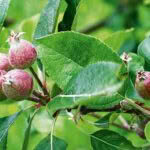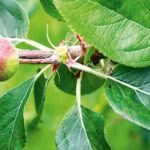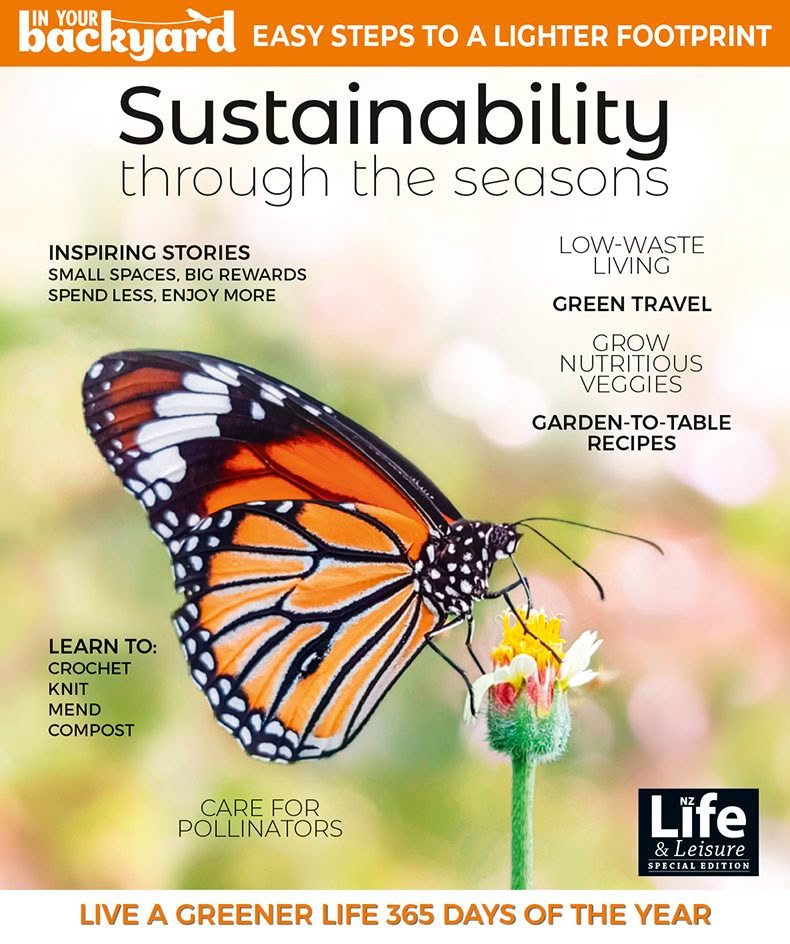When to thin your fruit trees for improved fruit quality
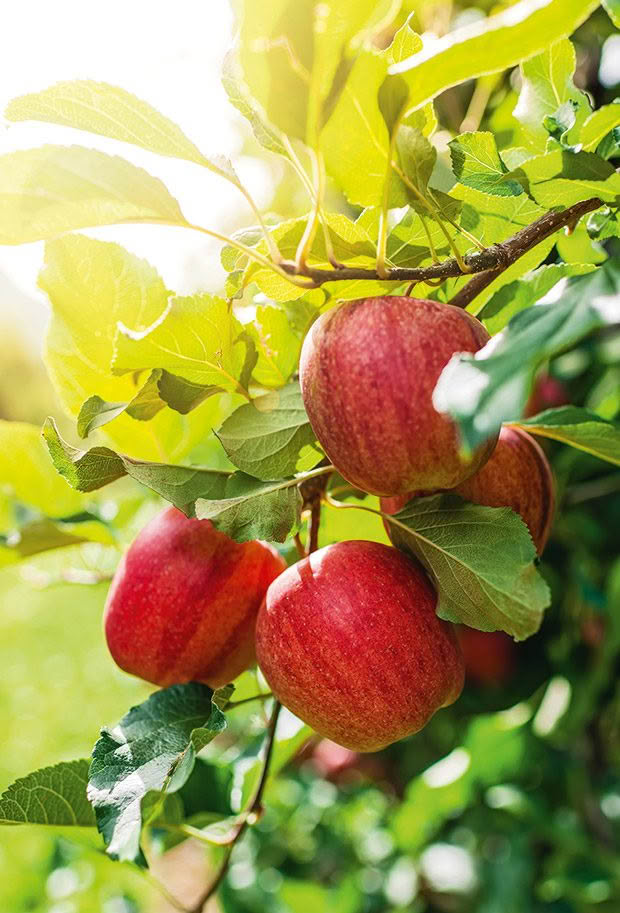
When fruit trees finish blossoming, the leaves unfurl, and trees set their crop for the season. That’s when it’s time to do your first pick.
Words: Kath Irvine
Removing excess fruit improves the quality of those that remain and the health of the tree. It also promotes a good crop the following year. A bountiful crop may seem exciting, but quantity often comes at the cost of quality.
Fruit crammed together doesn’t develop fully, and pests and disease flourish in the close quarters. Branches break under the load. On a young tree, it affects structural growth.
Fruit production requires a lot of energy (carbohydrates). A colossal crop demands all of a tree’s energy, leaving none for spur development (future fruit), which means a reduced yield the following year.
This pattern of a huge crop followed by a little crop is called biennial bearing. Some trees are prone to it, such as Tydeman’s Late apple. But most trees begin this pattern after carrying an over-large crop. Thinning keeps cropping steady.
WHEN TO THIN
Thin when young fruit reaches marble size. It’s helpful to write down when the fruit gets to this size, so you don’t forget for next year, as they change so fast and it’s easy to miss the moment.
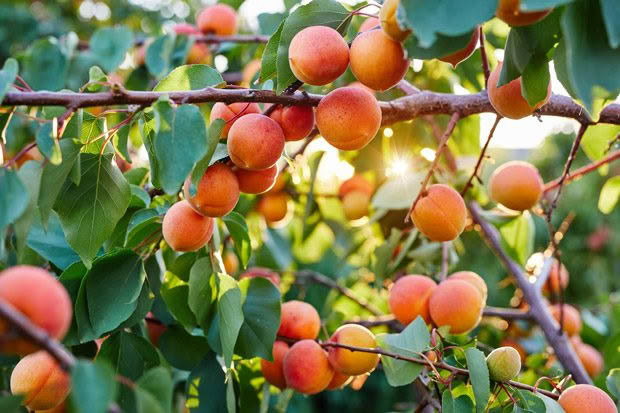
HOW TO THIN
Work through the tree systematically, branch by branch.
Remove deformed or small fruit. Use secateurs to cut off pip fruits; use thumb and finger to twist off stone fruits. Don’t pull, as you can rip off the entire spur and ruin all the fruit.
Choose the biggest, healthiest-looking fruit in a cluster and remove the rest.
Create enough space so that each fruit can grow to maturation without touching its neighbour.
Apples: 15-25cm
Apricots: 10cm
Peaches and nectarines: 10-15cm
Pears: 10-15cm
Plums: 5-10cm
THE BENEFITS
Plucking baby fruit can feel difficult, but it gets easier as the benefits of thinning become clear.
• Well-spaced fruits receive optimal sunlight and nutrition.
• There’s no cosier codling moth hotel than three apples squashed up together. Thinning makes the remaining apple less attractive.
• Good airflow and plenty of space greatly reduces fungal outbreaks.
• Feeding one fruit per cluster leaves the tree resources for the following year’s spur development, ensuring good production in the future.
- A cluster of fruit before thinning.
- Thinned fruit receives more light.
YOUNG TREES
Thinning will help new trees get off to a strong start. When a tree isn’t developing fruit, it will pour its energy into building a robust frame and strong root system, creating a more sturdy, healthier tree in the long run.
Remove all the fruit from 1-2 year old trees. From year 3 onwards, keep as many fruit on the tree as the canopy and frame can support. Make sure each fruit has the support of seven leaves.
Consider the strength of the branches and trunk – how much fruit can they hold without bending and breaking? Struggling trees also benefit from thinning for the same reasons. Removing the pressure of fruit production gives the tree more energy to grow.
GET TO KNOW YOUR TREES
Every fruit tree variety produces differently. Some develop huge loads every year, and some are consistent without any assistance. It’s a matter of getting to know each one.
Tip: Research shows that apples from thinned trees have higher concentrations of polyphenols which are important for human health and nutrition.
This is an extract from special edition, Sustainability Through the Seasons. This special edition practical guide to living a greener and more environmentally friendly life 365 days of the year. It is packed with self-sufficiency tips on seasonal gardening, low-waste living, garden-to-table cooking, sewing and mending, bread-making and crochet and knitting.
 This article first appeared in NZ Lifestyle Block Magazine.
This article first appeared in NZ Lifestyle Block Magazine.
